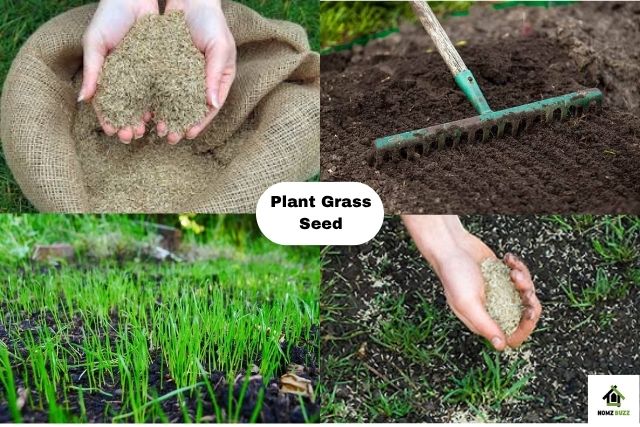Dreaming of a thick, green lawn that’ll make your neighbors look twice? You’re not alone. Whether you’re filling in bare patches, starting fresh, or just tired of a tired-looking yard, knowing how to plant grass seed the right way is the first step toward that perfect outdoor space.
But before you grab a bag of seeds and hope for the best, here’s something you should know. Beautiful grass doesn’t happen by chance. Success requires perfect timing, some clever tricks, and a bit of patience. When done correctly, planting grass seed can completely transform your yard into a place you want to spend time in. Here’s everything you need to know to get the results you’re hoping for, right from the ground up.
How to Plant Grass Seed on Bare Soil

Learning how to plant grass seed properly can turn bare soil into a lush, green lawn you’ll love. With good prep, correct timing, and easy-to-follow steps, you’ll avoid common mistakes and get results that last. It’s not about luck, it’s about doing it right from the start. Follow these simple tips to grow grass that looks great and thrives.
Choosing the Right Grass Seed
Choosing the appropriate grass variety for your region’s weather lays the foundation for a healthy lawn. Lawn grasses are primarily categorized into two key groups:
- Cool-season grasses like Kentucky Bluegrass and Fescue are great for northern areas with cold winters
- Warm-season grasses such as Bermuda and Zoysia thrive in southern areas with hot summer climates.
- Check seed labels for germination rate and weed seed percentage (look for 0% weed seeds)
- Avoid seed blends with added weed control, which can harm new seedlings
- Consider your yard’s sunlight: some grass needs full sun, others grow well in shade
- patterns, as some types demand direct sunlight and others survive in shade
Preparing the Soil for Success

Preparing the soil is the primary step in this process, as healthy grass begins with healthy soil. Before planting:
- Remove debris, rocks, and old grass to create a clean surface
- Loosen compacted soil using a rake or tiller to help root growth and airflow
- Mix in compost or topsoil if your soil lacks nutrients
Make sure the area is level to avoid water pooling. A slight slope away from structures improves drainage. Preparing your soil thoroughly now means quicker germination and a stronger lawn later.
Planting the Grass Seed Correctly
After soil prep, start sowing your seeds. For small areas, hand-seeding works well—scatter seeds evenly in a crisscross pattern. For larger lawns, use a broadcast spreader to ensure uniform coverage. The standard rate is 7 pounds per 1,000 square feet, though package directions may vary.
- Avoid piling seeds in one spot, as this leads to overcrowding.
- Lightly rake the area to cover seeds with a thin layer of soil just enough to protect them.
- For better seed-to-soil contact, roll the area with a lawn roller or walk over it gently.
Watering for Optimal Growth
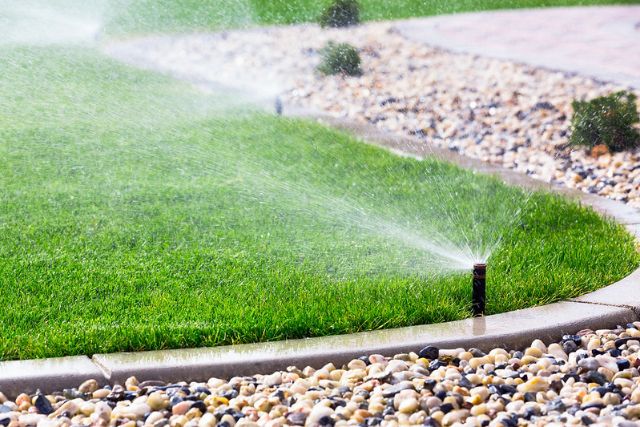
Watering is critical in the early stages. Maintain even soil moisture without overwatering. Start with gentle watering two times daily, reducing to one after 10 days. Mature grass benefits from less frequent, deeper watering to develop robust roots.
- Watch for puddles, which indicate overwatering.
- Cracked, dry ground shows your lawn needs more water.
- Mornings are ideal for watering because evaporation rates are lower.
- Protecting and Maintaining Your New Lawn
New grass is vulnerable to birds, wind, and heavy rain. Covering the area with straw blankets or erosion control mats helps retain moisture and protect seeds. Avoid peat moss or loose compost, as they can wash away.
Wait until the grass reaches 3 to 4 inches before the first mow, and never cut more than one-third of the blade length at once. After cutting a few times, feed with balanced nutrients for health.
Plant Grass Seed in Spring
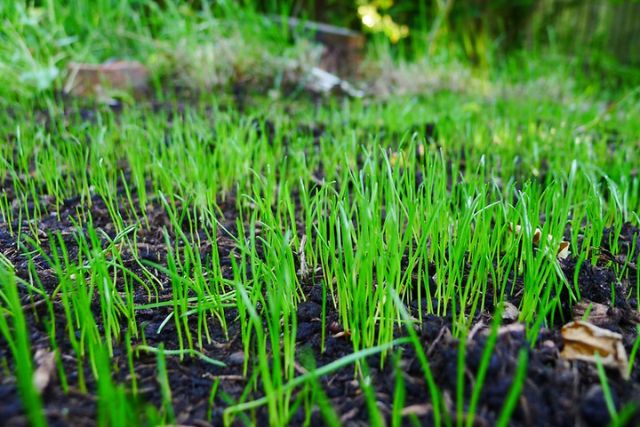
Spring offers ideal conditions for planting cool-season grasses. Wait until soil temperatures reach 50-65°F for best germination. Get the soil ready by aerating hard dirt and mixing in compost.
- Sowing grass in early spring allows it to strengthen before the summer heat
- Feed new grass with starter nutrients for better roots
- Water lightly multiple times per day initially
- Watch for late frosts that can damage new grass
Morning watering reduces evaporation loss. Be prepared to water more frequently as temperatures rise in late spring.
Common Mistakes to Avoid When Planting Grass Seed in Spring
Spring is a great time to plant grass, but a few simple mistakes can delay growth or lead to patchy results. Avoid these common spring seeding mistakes:
- Planting too early (soil below 50°F)
- Skipping soil prep or aeration
- Overseeding or underseeding
- Overwatering or letting the soil dry out
- Mowing before the grass reaches 3–4 inches
- Using weed killers too soon after seeding
Taking a little extra care during spring seeding can save you from big headaches later on.
How to Plant Rye Grass Seed
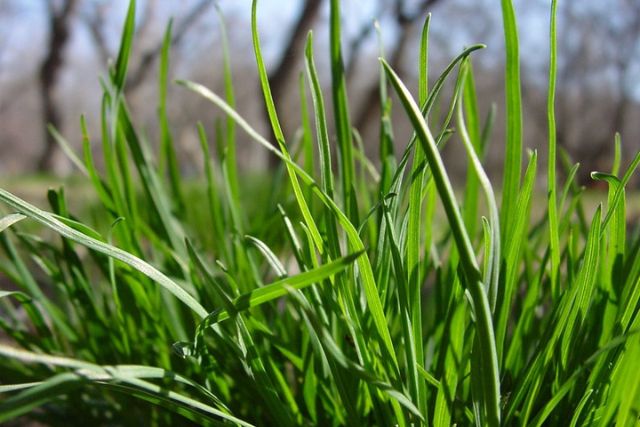
Annual and perennial ryegrasses are popular for quick establishment. These cool-season grasses germinate faster than other varieties, often in 5-7 days. Get the ground ready by clearing trash and breaking up dirt.
- Apply five to seven pounds per thousand square feet when planting
- Rake lightly to ensure good seed contact
- Keep the soil consistently moist until established
- Now, when the grass reaches 3 inches tall
Ryegrass works well for temporary winter lawns or quick repairs. It grows well in the sun to partial shade conditions.
Mistakes to Avoid When Planting Rye Grass Seed
- Skipping soil prep or not clearing debris
- Uneven seed distribution or using the wrong amount
- Letting the soil dry out during germination
- Mowing before the grass reaches 3 inches tall
How to Plant Zoysia Grass Seed
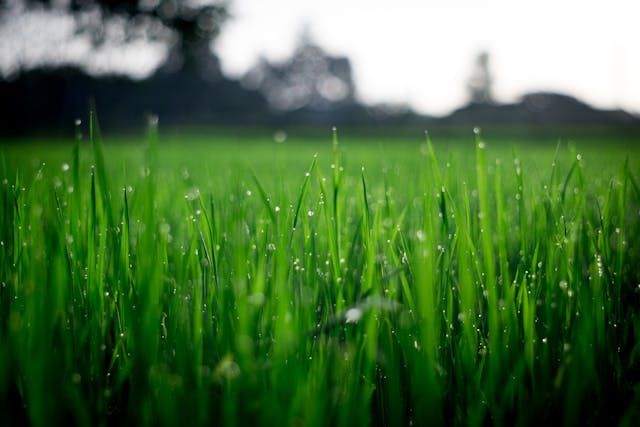
Zoysia grass handles dry weather well as a warm-season variety. Sow seeds once the soil hits 70°F, usually by late spring. Get the ground ready by pulling weeds and breaking up hard dirt.
-
- Apply between 1 and 2 pounds per 1,000 sq ft.
- Cover lightly with soil or compost
- Water daily until germination (14-21 days)
- Reduce watering frequency as grass establishes
Zoysia grows gradually yet develops a thick, weed-blocking lawn. This plant loves sunlight and withstands hot weather.
Mistakes to Avoid When Planting Zoysia Grass Seed
Don’t plant too early; wait for the soil to reach 70°F. Avoid compact soil or skipping weed removal before seeding. Keep the soil moist until germination, and don’t stop watering too soon as Zoysia establishes slowly.
How to Plant Pampas Grass Seed

Pampas grass makes a dramatic landscape statement. Begin indoor seeding 6–8 weeks before the final frostUse well-draining soil and barely cover the small seeds.
- Keep soil moist and warm (70-75°F)
- Transplant seedlings after the danger of frost
- Space plants 6-8 feet apart
- Wear gloves when handling mature plants
This ornamental grass can reach 10 feet tall. It grows best in full sun with plenty of room to spread.
Mistakes to Avoid When Planting Pampas Grass Seed
Don’t bury the seeds too deep; light coverage is enough. Avoid planting in poor-draining soil or moving seedlings outdoors before the frost ends. Give plants enough space to grow, and always wear gloves when handling mature grass.
Plant Grass Seed in Fall

Cool-season grasses grow best when planted in fall. Soil retains summer warmth while cooler air temperatures reduce stress on new grass. Prepare the soil by removing dead grass and airing it if necessary.
- Plant 6-8 weeks before the first frost
- Use a starter fertilizer high in phosphorus
- Water deeply but less frequently
- Reduce foot traffic during establishment
Sowing grass in autumn enables robust root growth before winter’s rest. You’ll see thicker growth the following spring.
Mistakes to Avoid When Planting Grass Seed in Fall
Don’t wait too long to plant at least 6–8 weeks before the first frost. Skipping soil prep or not using a starter fertilizer can slow growth. Avoid shallow watering and heavy foot traffic while the grass is established. Also, don’t expect fast results. Autumn lawns prioritize root development, not top growth.
Final Thoughts
Successful grass planting depends on choosing the right variety for your climate and season. Proper soil preparation, correct seeding techniques, and consistent watering are key to establishing a healthy lawn. Whether planting for quick coverage or long-term results, following these methods will give you the lush green lawn you desire.
For optimal results, always refer to seed labels for specific planting instructions and select high-quality products from reputable suppliers. With patience and proper care, your new grass will thrive and transform your outdoor space.







